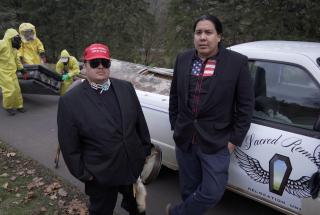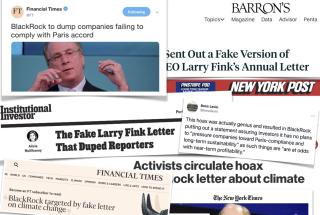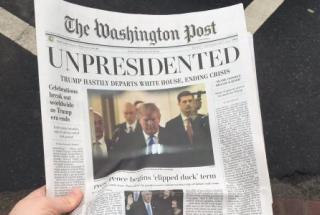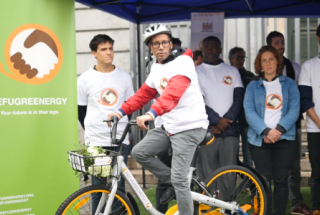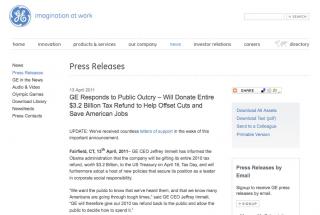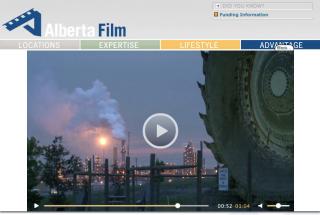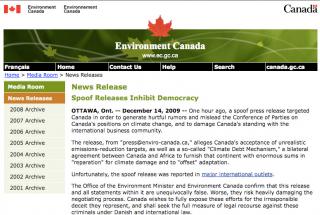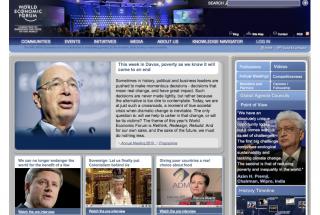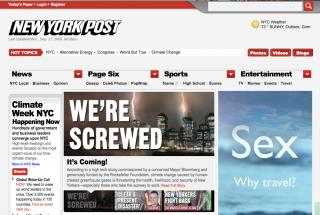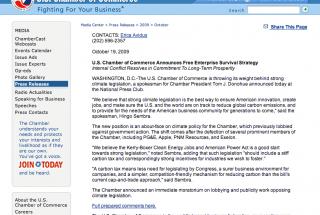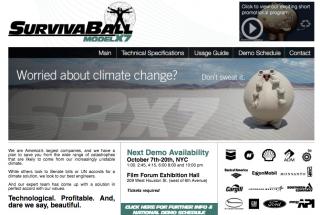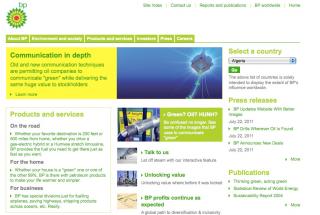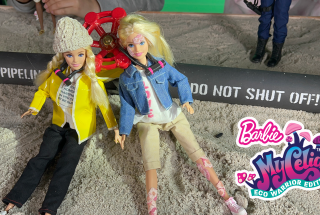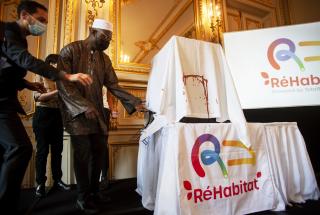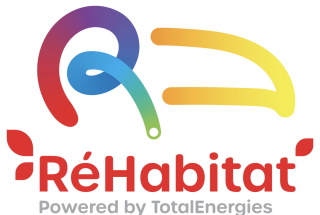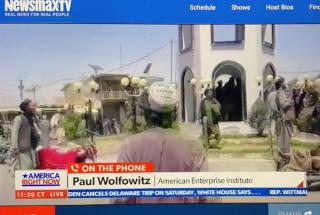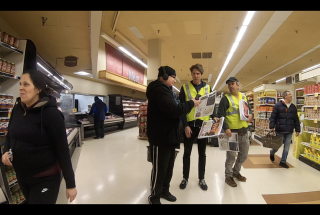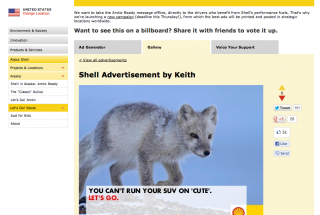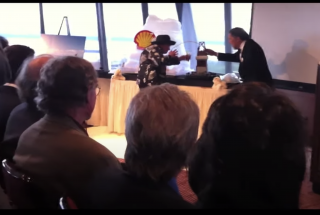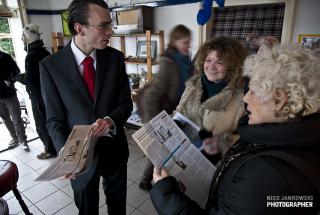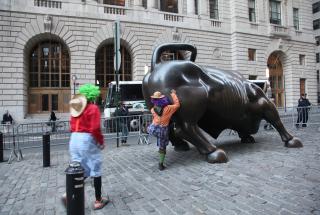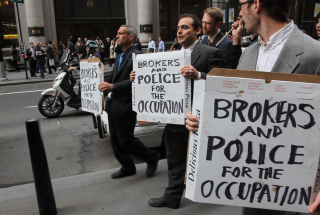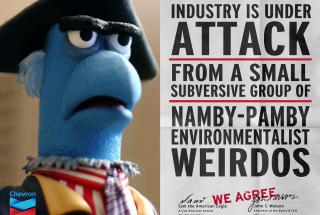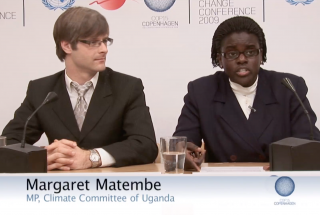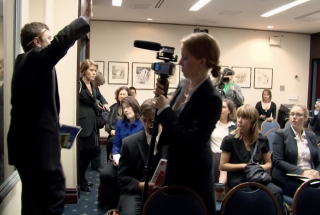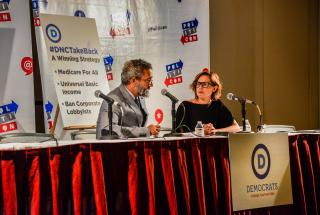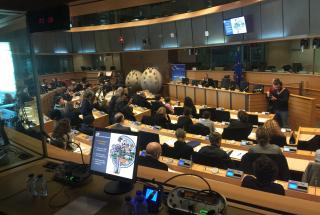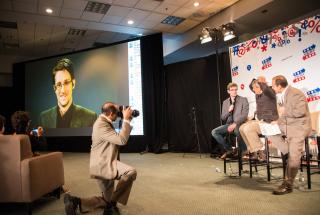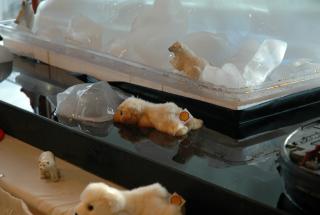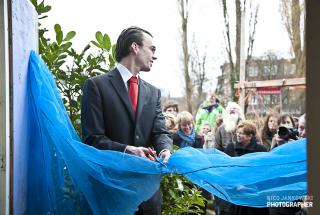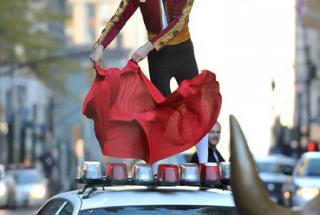All hijinks... ever
These are projects carried out over the years by the Yes Men and their student and organizational partners.
For a timeline of when and why they occurred, see our timeline (coming soon). For why we did certain actions, and how well we think they succeeded, see our press pages. For the full, gory stories behind actions, take a peek behind the curtain.
Fake websites
Because a so-called fake website started the Yes Men, we've made dozens more over the years.
These websites represent our opponents more transparently than they ever present themselves — making these true websites, not fake! Also, whereas sinister people use trickery to get outcomes, we reveal hoaxes to mobilize.
Talks
These are the presentations we've made at corporate conferences over the years.
For maximum effect, wear ill-fitting shoes and slouch in a folding chair as you click through them.
![[ppt features and animation]](/sites/default/files/styles/320x215/public/2020-11/hallib-whatnoahknew-Slide44.jpg?itok=d9fTVhkF)
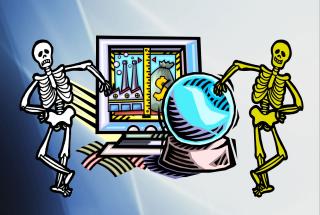
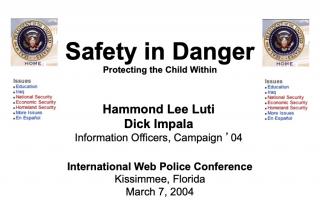

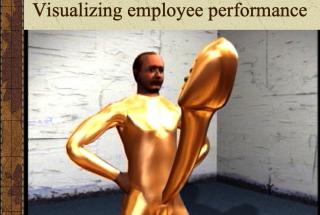
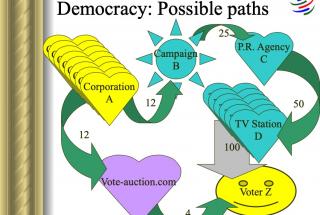

Videos
These are videos that reveal actions, are used within actions, or come out of actions.
For standalone shorts, see our movies page.
Behind the curtain
These are the secret stories of actions that Yes Men have been a part of—in all their complexity, and not as a movie or press release represented them.
For why we did certain actions, and how well we think they succeeded, see our press pages. And be sure to check out the lessons we learned from these and other adventures; some might even be useful!
Photos
These are photos from various actions, usually in high-res.
Some of these aren't really photos but images of printed things used in our actions — brochures, mostly.
Fake press releases
These are fake press releases used in our actions.
Note: we always reveal our fakes in short order — and that's what distinguishes these from the bad kind of fakes. For why we did certain actions, and how well we think they succeeded, see our press pages.
Real press
Here's some press our projects have gotten, and what the goal was each time in getting it.
We've also guesstimated how successful some projects were in reaching their goals. These are totally just guesses; we have "metrics," sometimes, but those only go so far.
SUCCESS: 8/10. Because of the simplicity of the action, articles about it had to communicate the action's point: that today's neoliberal policies are just a new version of apartheid. It also brought dozens of squatters into political action…
SUCCESS: 3/10. While Americans were indeed cheered to see this spit in the face at Trump, the paper's pretense of providing a roadmap towards impeachment fell short.
SUCCESS: 6/10. The point was made clearly in several articles, while others focused instead on the Yes Men or other tangential things.
SUCCESS: 6/10. While the press covered it well, it's not clear the parliamentarians in attendance got the joke.
SUCCESS: 8/10. The joke was so preposterous it got considerable coverage, both by those who took it seriously and those who instantly saw right through it.
SUCCESS: 8/10. It's likely this action played some part in the movement that stopped Monsanto's bid.
SUCCESS: 8/10. It definitely publicized Shell's Arctic program, and ruined their "let's go" branding to boot. Org was well positioned to build on the success.
SUCCESS: 8/10. It definitely added a bit more attention to the campaign, which was ultimately successful, though the specific call to action could have been clearer.
SUCCESS: 10/10. The squat was saved for a full three years. It wasn't only (or especially) the action and the embarrassment it caused directly, it was the pressure exerted by neighbors who were galvanized by the action.
SUCCESS: 9/10. Not only did the project itself get loads of attention, but Peabody's legal threat got even more, all of it pointing to the study in question.
SUCCESS: 7/10. The energy with which the public participated demonstrates the amount of outrage spurred. It could perhaps been more tightly focussed.
SUCCESS: 7/10. Some outlets got it, but for many it was just fun.



